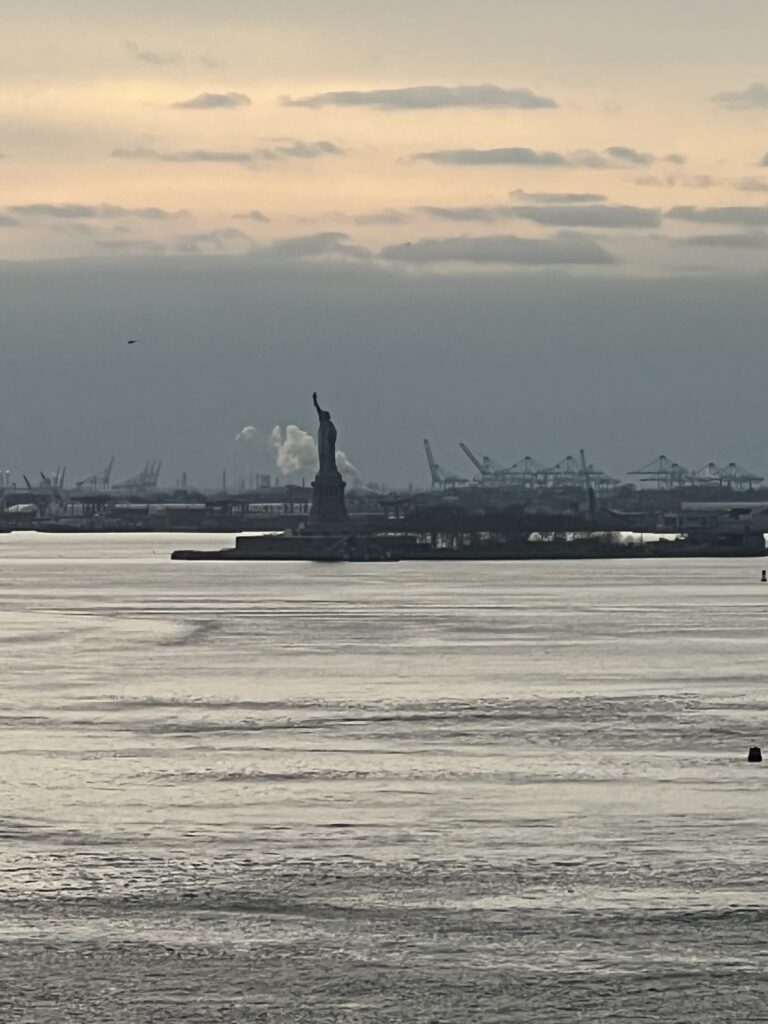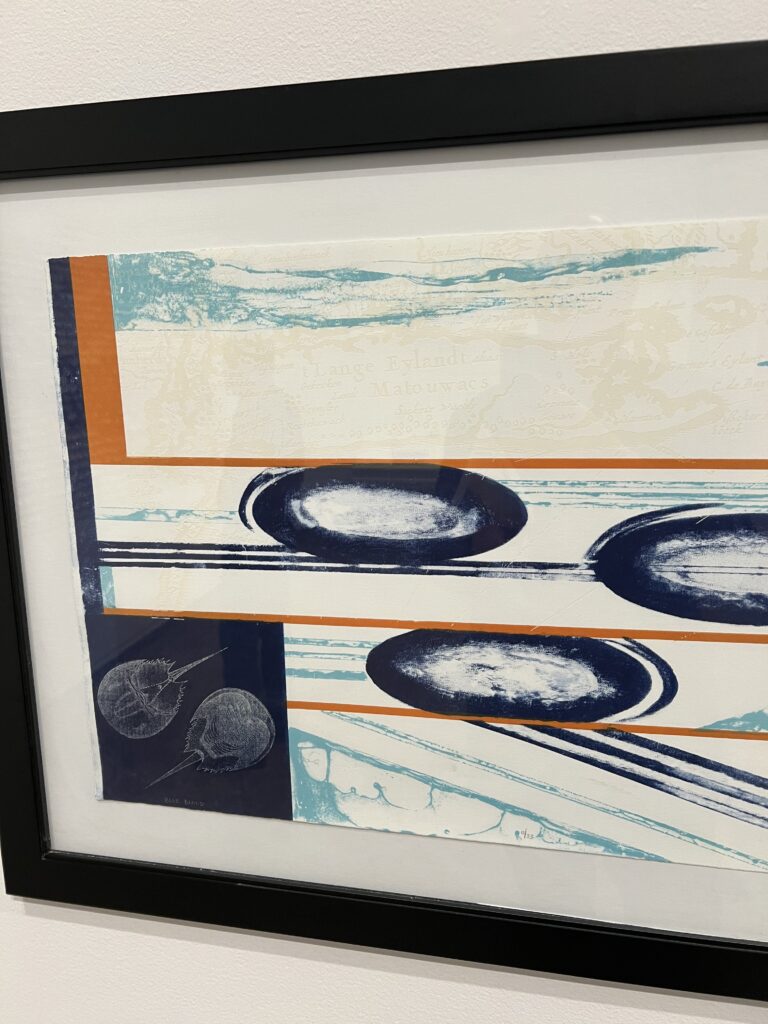On Monday 12/11/23, the Civic Association of Short Beach took three direct steps toward addressing the water quality problems in our neighborhood.

The CASB ordered water-tight bin covers for each of the five garbage bins in the neighborhood.
They also ordered a separate bin for each of these five areas that will be dedicated for dog waste only. We will encourage people to make a habit of separating dog waste from the regular trash.
Third, the Association created a public sub-committee on Water Quality. It will include five Board members, Chris Collins, Peg Carpenter, Dave Engler, Brian Funaro, and Francesca Bickel. Three community members – Alison Beaulier, Steve Mentz, and Kurt Johnson – will also be part of the committee.
The committee plans to draft language for a public health campaign that will change our behavior in ways that will improve the water quality. We plan to meet before the end of the month.
If you’re interested in brainstorming, some ideas from another coastal community in Marin County, CA, can be found here (h/t to Gaile Ramey for the link) –
































